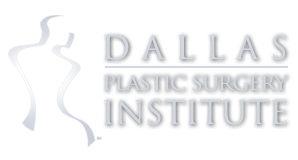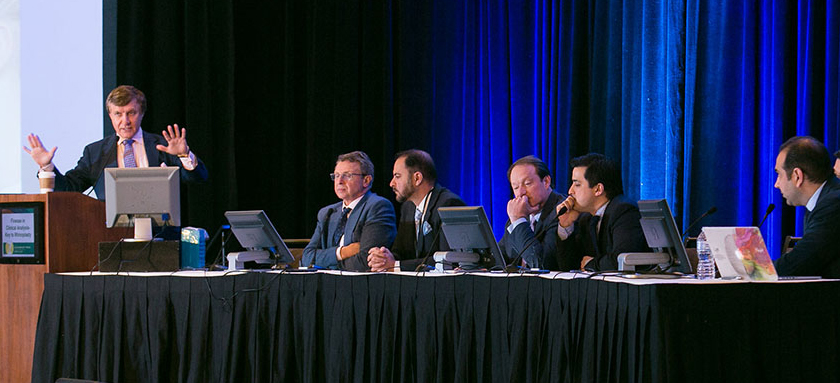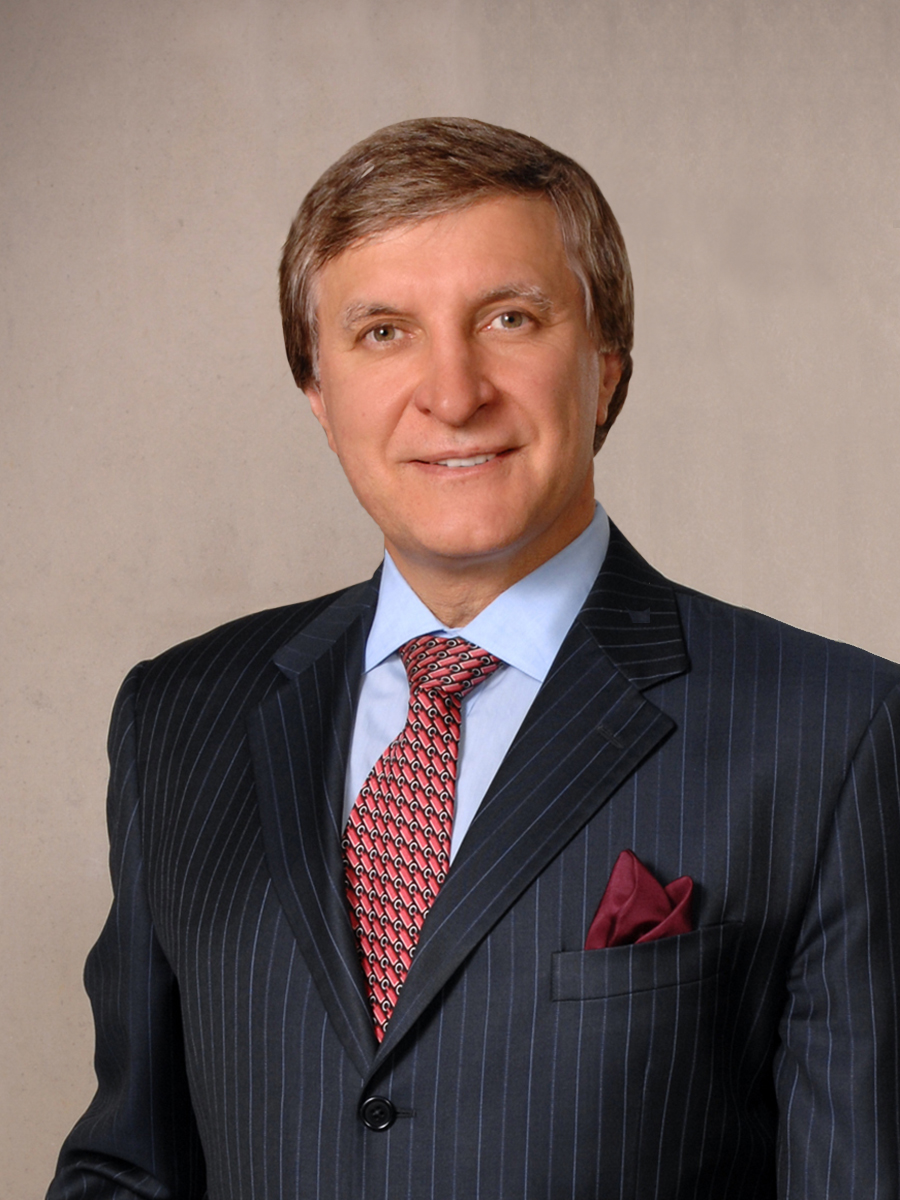Ear surgery, technically known as otoplasty, is a surgical procedure done to set prominent ears closer to the head or to reduce the size of large ears. Ear surgery can also replace ears lost due to injury or correct ear problems such as awkward folding, unusual smallness or absence of natural folds and curves. Surgery can also improve large or stretched earlobes or lobes with large creases and wrinkles.
If you’re considering ear surgery for yourself or your child, the information provided will give you a basic understanding of the procedure, when it can help, how it’s performed, and what results you can expect. It can’t answer all of your questions, since a lot depends on your individual circumstances. Please be sure to ask Dr. Rohrich if there is anything you don’t understand about the procedure. For more information, please view the “Frequently Asked Questions” or visit the “Resource Library” for related articles, websites and video clips.
Am I a good candidate for Otoplasty?
For the most part, the operation is performed on children between the ages of 4 and 14. Ears are almost fully grown by age 4, and the earlier the surgery, the less teasing and ridicule the child will have to endure. Ear surgery on adults is also possible, and there are generally no additional risks associated with ear surgery on an older patient.
Otoplasty Consultation
During your consultation, you will learn about the surgery, its limitations and risks, and discuss your needs and concerns. This will help Dr. Rohrich understand your expectations and determine whether they realistically can be achieved. Dr. Rohrich will evaluate your ears, including the skin and underlying cartilage and bone. After your consultation a photographer will take photographs for your medical record and you will meet with Dr. Rohrich’s patient coordinator to discuss the surgery fees and scheduling dates. You may also schedule an additional consultation to view computer imaging so that you can visualize the results of the otoplasty technique that Dr. Rohrich has specifically designed for your surgery.
Dr. Rohrich will review your medical history and check for conditions that may cause problems during or after the procedure such as uncontrolled high blood pressure, blood clotting problems or the tendency to form excessive scarring. You should come to the consultation prepared to discuss your medical history. You should provide any information about any medical conditions, drug allergies, medical treatments you have received, previous surgeries and medications that you currently take. It is important for you to provide complete information.
How is the Otoplasty surgery performed?
There are several techniques that Dr. Rohrich may utilize when performing ear reshaping surgery. One of the more common techniques involves making a small incision in the back of the ear to expose the ear cartilage and then sculpting the cartilage to bend it back towards the head. Non-removable sutures are often used in this to shape and sculpt the new ear. Another technique involves making a similar incision behind the ear and removing skin and using sutures to fold the cartilage back on itself. This technique reshapes the ear without removing any cartilage.









